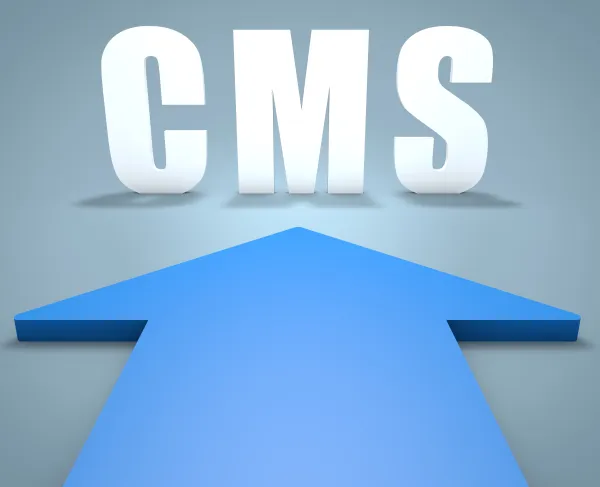Pulmonology Coding Alert
E/M Coding:
5 Tips Demonstrate How to Make the Most of Your MD’s 99211 Visits
Published on Mon Jul 05, 2021

You’ve reached your limit of free articles. Already a subscriber? Log in.
Not a subscriber? Subscribe today to continue reading this article. Plus, you’ll get:
- Simple explanations of current healthcare regulations and payer programs
- Real-world reporting scenarios solved by our expert coders
- Industry news, such as MAC and RAC activities, the OIG Work Plan, and CERT reports
- Instant access to every article ever published in Revenue Cycle Insider
- 6 annual AAPC-approved CEUs
- The latest updates for CPT®, ICD-10-CM, HCPCS Level II, NCCI edits, modifiers, compliance, technology, practice management, and more
Related Articles
Other Articles in this issue of
Pulmonology Coding Alert
- Coding 101:
Breathe New Life into Your Exercise-Induced Asthma Coding Skills
Do you need to report J45.2- with J45.990? Find out. Summer is in full swing [...] - HIPAA:
Check These Key Insights to Stay Ahead of a Privacy Breach
There doesn’t appear to be a slowdown in HIPAA violation fines anytime soon. Have you [...] - E/M Coding:
5 Tips Demonstrate How to Make the Most of Your MD’s 99211 Visits
No face-to-face time with nurse or physician? Find out if this qualifies. Is your pulmonologist [...] - You Be the Coder:
Can You Report URI and Bronchitis on One Report? Find Out
Question: I have an op report that says the patient has bronchitis and URI. Can [...] - Reader Questions:
Get the Scoop on Bronchoscopy Coding
Question: Our pulmonologist biopsied and brushed the same lesion during a bronchoscopy. Can I use [...] - Reader Questions:
Report Your Diagnosis Code Based on Documentation — Always
Question: I’ve just started coding for a pulmonary practice, and I’m having some trouble with [...] - Reader Questions:
Sore Throat Codes Depend on the Details
Question: My pulmonologist’s documentation mentions that the patient is presenting symptoms of a sore throat. [...] - Reader Questions:
A Patient’s Passing Doesn’t Void Privacy Rules
Question: If a patient passes away, how long does my practice need to maintain their [...] - Reader Questions:
Delve Into Rules Regarding Scribes
Question: We just started having one of our medical assistant’s act as a scribe for [...]
View All




